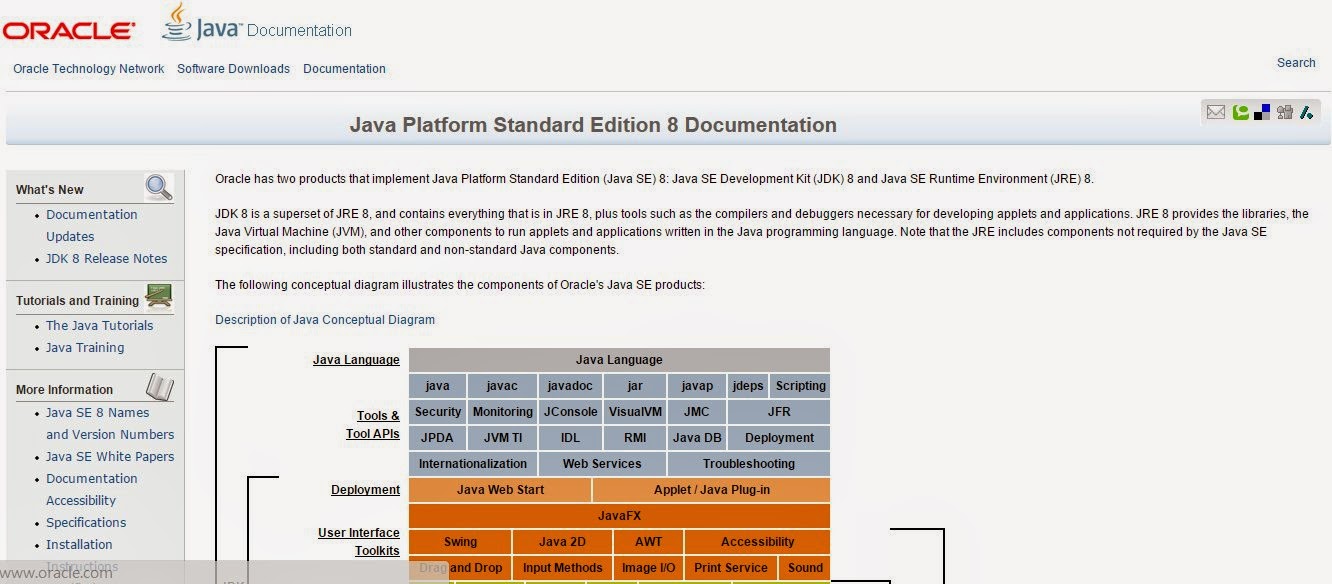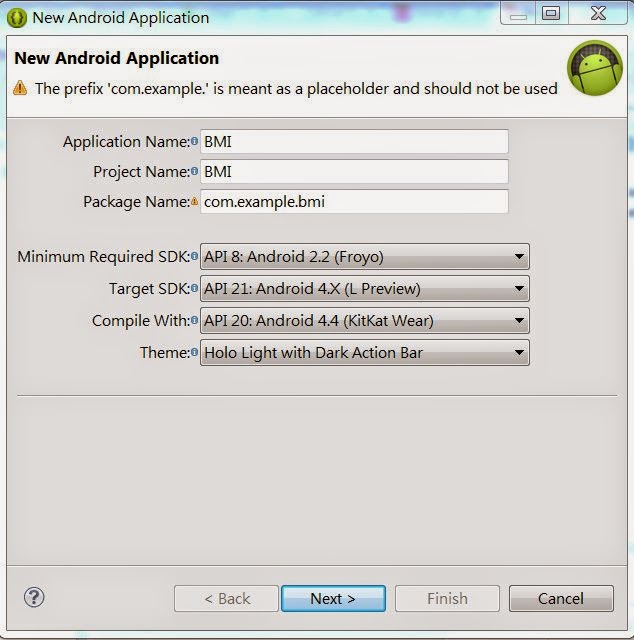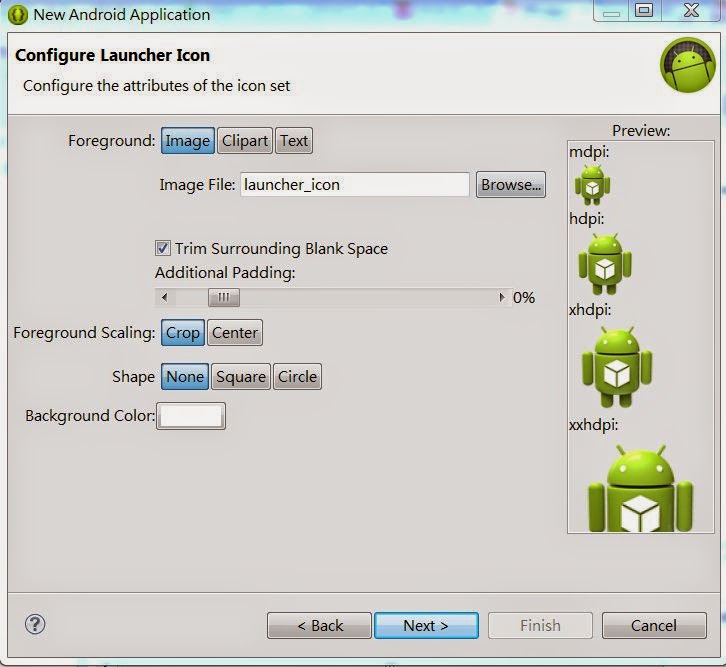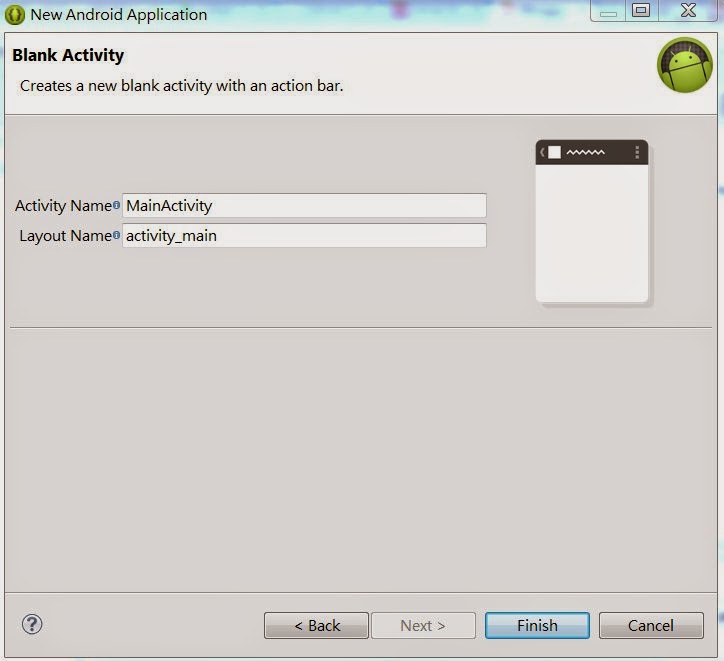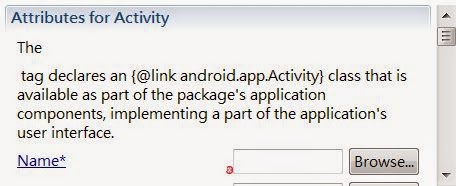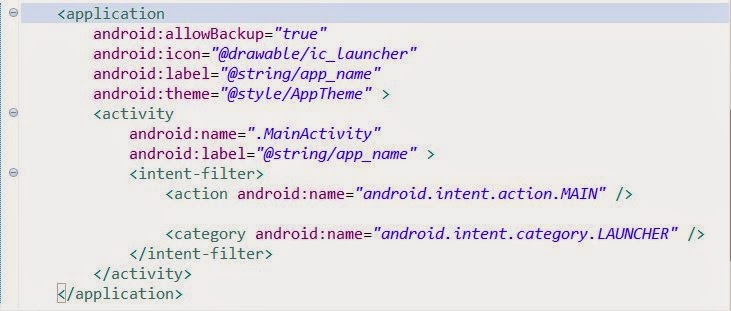Reliable Transmission1
https://www.youtube.com/watch?v=Hru_HipCnnU
6.1. Which of the following mechanisms are usually used to provide reliable transmission ?
(a) Acknowledgements
(b) Beacon
(c) Timeouts
(d) Polling
(e) Fragmentation
6.2. Which of the following statements are correct about the “Acknowledgement” in the reliable transmission ?
(a) The receipt of an acknowledgement indicates to the sender that its frame was not successfully delivered
(b) The receipt of an acknowledgement indicates to the sender that its frame was successfully delivered
(c) When the sender receives an acknowledgement of its frame, it will transmit the frame again to make sure the frame is delivered successfully.
(d) If a sender does not receive an acknowledgment after a reasonable amount of time, then the sender retransmits the original frame
(e) The receiver sends an acknowledgement back to the sender when a frame is received correctly
6.3. The general strategy of using acknowledgements and timeouts to implement reliable delivery is sometimes called
(a) Address Resolution Protocol (ARP).
(b) Automatic Repeat reQuest (ARQ)
(c) Automatic Acknowledgement Repeat Protocol
(d) Sliding Window Protocol
(e) Native Acknowledgement Protocol (NAK)
Reliable Transmission2
https://www.youtube.com/watch?v=QiTntfLER8I
6.4. Which of the following statements are correct for “stop-and-wait” protocol ?
(a) After transmitting one frame, the sender waits for an acknowledgement before transmitting the next frame.
(b) After transmitting one frame, the sender can still transmit one more frame before an acknowledgement is received.
(c) If the acknowledgement does not arrive after a certain period of time, the sender times out and retransmits the original frame
(d) The only reason the sender times out is that the acknowledgement is lost.
(e) The receiver may receive duplicate copies of a frame.
6.5. Which of the following cases may cause a sender to “timeout” in the “stop-and-wait” protocol ?
(a) The transmitted frame is lost.
(b) The transmitted frame is delayed.
(c) The acknowledgement is delayed
(d) The acknowledgement is lost.
(e) The transmitted frame is received with error.
6.6. Which of the following statements are correct for using “stop-and-wait” protocol” with 1-bit sequence number of “0” and “1”?
(a) When a sender transmits frame 0, before receiving the ACK 0, the sender can transmit frame 1 to speedup the transmission.
(b) When a sender transmits frame 0, it will transmit frame 1 after the ACK 0 received.
(c) When the sender retransmits frame 0, the receiver can determine that this is a second copy of frame 0 and therefore can ignore it.
(d) When the sender retransmits frame 1, the receiver can determine that this is a second copy of frame 1 and therefore can ignore it.
(e) When a second copy of frame is received, the receiver will discard the duplicated frame and therefore no need to send back an acknowledgement for this frame.
6.7. In the “stop-and-wait” protocol, at most how many frames can be transmitted simultaneously on the link by the sender ?
(a) 1
(b) 2
(c) 3
(d) 4
(e) 5
6.8. Consider a link of 2 Mbps with an RTT of 40 ms. Assume that the frame size is of 1 KBytes. What is the maximum sending rate (kbps) of the sender if the “stop-and-wait” protocol is used ?
___
_200____(kbps)
6.9. Consider a link of 4 Mbps with an RTT of 20 ms. Assume that the frame size is of 2 KBytes. What is the maximum sending rate (kbps) of the sender if the “stop-and-wait” protocol is used ?
____
800___(kbps)
送出檢查 顯示答案
6.10. Consider a link of 2 Mbps with an RTT of 40 ms. Assume that the frame size is of 2 KBytes. To fully use the link, the sender should transmit up to _____?_____ frames before having to wait for an ACK ?
_____
5_____ frames
送出檢查 顯示答案
Reliable Transmission3
https://www.youtube.com/watch?v=JtUPY6a0FfE
6.11. In the sliding window protocol, the sender assigns a sequence number (denoted as SeqNum) to each frame and also maintains three variables: Sending Window Size (SWS): Upper bound on the number of outstanding (unacknowledged) frames that the sender can transmit; Last Acknowledgement Received (LAR): Sequence number of the last acknowledgement received, and Last Frame Sent (LFS): Sequence number of the last frame sent.
Which of the following relationship is correct for these three variables ?
(a) LFS – LAR ≤ SWS
(b) LFS – LAR > SWS
(c) LFS – SWS ≤ LAR
(d) LAR + SWS ≤ LFS
(e) LFS – SWS > LAR
6.12. Consider the three variables defined in question 6.11. Which of the following conditions are right timing for the sender to slide its window ?
(a) When the acknowledgement of any frame within the sliding window is received
(b) When the acknowledgement of LAR+1 is received
(c) When the acknowledgement of LAR+SWS is received
(d) When the acknowledgement of LAR+2 is received
(e) When the acknowledgement of LAR+SWS-1 is received
6.13. Consider the three variables defined in question 6.11. When the sender sliding its window, at most how many sequence numbers can be shifted by the window ?
(a) 1
(b) 2
(c) SWS
(d) SWS-1
(e) SWS+1
Reliable Transmission4-5
https://www.youtube.com/watch?v=AE17ze4Tlo8
6.14. In the sliding window protocol, the receiver maintains three variables: Receiving Window Size (RWS): Upper bound on the number of out-of-order frames that the receiver is willing to accept; Largest Acceptable Frame (LAF): Sequence number of the largest acceptable frame, and Last Frame Received (LFR): Sequence number of the last frame received.
Which of the following relationship is correct for these three variables ?
(a) LAF –LFR > RWS
(b) LAF – LFR ≤ RWS
(c) LAF – RWS ≤ LFR
(d) LFR + RWS ≤ LAF
(e) LAF – RWS > LFR
6.15. Consider the three variables defined in question 6.14. Which of the following conditions are right timing for the receiver to slide its window ?
(a) When a frame with sequence number within the sliding window is received
(b) When a frame with sequence number of LFR+1 is received
(c) When a frame with sequence number of LFR +RWS - 1 is received
(d) When a frame with sequence number of LFR +RWS is received
(e) When a frame with sequence number LFR +RWS +1 is received
6.16. Consider the three variables defined in question 6.14. When the receiver sliding its window, at most how many sequence numbers can be shifted by the window ?
(a) 1
(b) 2
(c) RWS-1
(d) RWS
(e) RWS+1
6.17. Consider the three variables defined in question 6.14. Which of the following statements are correct when the receiver receives a frame with sequence number N ?
(a) The receiver will discard the frame if N ≤ LFR.
(b) The receiver will discard the frame if or N > LAF.
(c) The receiver will accept the frame if N = LAF + 1
(d) The receiver will accept the frame if N = LFR
(e) The receiver will accept the frame if LFR < N ≤ LAF
Reliable Transmission6
https://www.youtube.com/watch?v=4GBeC0G-83w
6.18 Let SeqNumToAck denote the largest sequence number not yet acknowledged, such that all frames with sequence number less than SeqNumToAck have been received. Which of the following statements are correct for the “cumulative acknowledgement” ?
(a) The receiver acknowledges SeqNumToAck to sender if a frame with sequence number of SeqNumToAck + k, k > 0, is received.
(b)
The receiver acknowledges SeqNumToAck+k to sender if a frame with sequence number of SeqNumToAck + k, k > 0, is received.
(c) The receiver then sets LFR = SeqNumToAck - 1 and LAF = LFR + RWS.
(d)
The receiver then sets LFR = SeqNumToAck and LAF = LFR + RWS.
(e)
The receiver then sets LFR = SeqNumToAck + 1 and LAF = LFR + RWS-1.
6.19 Consider the following communication sequence between sender and receiver. Assume the “cumulative acknowledgement” scheme is used and the frame with sequence number of 2 is lost. The lost frame is retransmitted again when the timer timeouts. Then what is the sequence number to acknowledge for the following ACKs ?
a = 2
b = 2
c = 2
d = 2
e = 7
6.20 Which of the following statements are correct for determining the “window size” of a sliding window protocol ?
(a) The SWS is usually determined based on the bandwidth x delay between the sender and the receiver.
(b) The SWS is usually determined based on the RTT between the sender and the receiver.
(c) RWS = 1 is not allowed.
(d) RWS = SWS is allowed
(e) RWS = SWS/2 is the best selection.
Reliable Transmission8
https://www.youtube.com/watch?v=SpQnWVJWoY8
6.21 In order to distinguish between different frames of the same sequence number, the number of possible sequence numbers must be larger than the number of allowed outstanding frames. Let MaxSeqNum be the number of total available sequence numbers. In case of SWS + 1 ≤ MaxSeqNum, which of the following statements are correct ?
(a)
It is sufficient to distinguish between different frames of the same sequence number.
(b) It is NOT sufficient to distinguish between different frames of the same sequence number.
(c) If RWS = 1 then it is sufficient to distinguish between different frames of the same sequence number.
(d) If RWS = SWS then it is NOT sufficient to distinguish between different frames of the same sequence number.
(e)
If RWS = SWS then it is sufficient to distinguish between different frames of the same sequence number.
Reliable Transmission9-10
https://www.youtube.com/watch?v=Rd_FztzSap8
6.22 Consider an example that we have eight available sequence numbers: 0, 1, 2, 3, 4, 5, 6, and 7. Assume that RWS = SWS = 7. Now, we have the following steps:
Step 1. Sender sends frames 0, 1, …, 6
Step 2. Receiver receives frames 0, 1, … ,6, and acknowledges 0, 1, …, 6.
Step 3. All ACKs (0, 1, …, 6) are lost
Step 4. Sender finally timeouts and retransmits frames 0, 1, …, 6
Then, how many frames retransmitted in Step 4 will be accepted by receiver ?
6
How many frames retransmitted in Step 4 will be discarded by receiver ?
1
6.23 Consider an example that we have eight available sequence numbers: 0, 1, 2, 3, 4, 5, 6, and 7. Assume that RWS = SWS = 5. Now, we have the following steps:
Step 1. Sender sends frames 0, 1, …, 4
Step 2. Receiver receives frames 0, 1, … ,4, and acknowledges 0, 1, …, 4.
Step 3. All ACKs (0, 1, …, 4) are lost
Step 4. Sender finally timeouts and retransmits frames 0, 1, …,4
Then, how many frames retransmitted in Step 4 will be accepted by receiver ?
2
How many frames retransmitted in Step 4 will be discarded by receiver ?
3
6.24 Consider an example that we have eight available sequence numbers: 0, 1, 2, 3, 4, 5, 6, and 7. Assume that RWS = SWS = 4. Now, we have the following steps:
Step 1. Sender sends frames 0, 1, 2,3
Step 2. Receiver receives frames 0, 1, 2, 3 and acknowledges 0, 1, 2,3.
Step 3. All ACKs (0, 1, 2, 3) are lost
Step 4. Sender finally timeouts and retransmits frames 0, 1, 2, 3
Then, how many frames retransmitted in Step 4 will be accepted by receiver ?
0
How many frames retransmitted in Step 4 will be discarded by receiver ?
4
6.25 Let MaxSeqNum be the total number of available sequence numbers. Assume RWS = SWS, then which of the following relationship is sufficient to distinguish between different frames of the same sequence number ?
(a)
TSWS + 1 ≤ MaxSeqNum
(b)
SWS ≤ (MaxSeqNum+1)/2
(c) SWS < (MaxSeqNum+1)/2
(d)
SWS < MaxSeqNum x 2
(e)
SWS = (MaxSeqNum+1)/2
6.26 Consider an example that we have seven available sequence numbers: 0, 1, 2, 3, 4, 5, and 6. Assume that RWS = SWS = 4. Now, we have the following steps:
Step 1. Sender sends frames 0, 1, 2, 3
Step 2. Receiver receives frames 0, 1, 2, 3 and acknowledges 0, 1, 2, 3.
Step 3. All ACKs (0, 1, 2, 3) are lost
Step 4. Sender finally timeouts and retransmits frames 0, 1, 2, 3
Then, how many frames retransmitted in Step 4 will be accepted by receiver ?
1
How many frames retransmitted in Step 4 will be discarded by receiver ?
3
6.27 Which of the following are the major features of the sliding window protocol ?
(a)
unreliable transmission
(b) reliable transmission
(c) The frame order can be preserved.
(d)
The frame order can not be preserved
(e) The receiver can do flow control by setting the value of RWS





